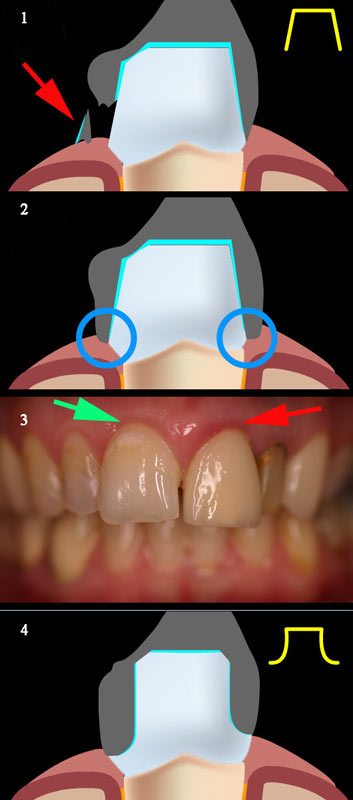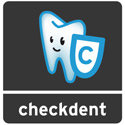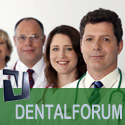Does cleaning matter before bleaching?
Usually, yes!
When bleaching, the gums should not be inflamed, since inflamed gums bleed easily!
Blood may react with bleaching gel, moreover the gel is diluted and starts flowing uncontrollably around the mouth.
If you have a plaque problem on the insides of your teeth, or if you are a heavy smoker you should have your teeth cleaned before you undergo bleaching!
You should also go to a dentist if your gums are dark red instead of pale pink and the papilla are swollen – you may have parodontitis!
 Check whether your gums are inflamed or healthy:
Check whether your gums are inflamed or healthy:
If your gums are pale pink and dimpled like an orange then your gums are healthy, and if you have very little or no plaque on the insides of your lower teeth, then you can have bleaching done right away.
How much does it cost to get bleaching done by a dentist?
Professional tooth whitening (bleaching) by a dentist costs between 200€ to 900€ in Central Europe.
Tea, coffee, red wine, tobacco, cola and natural ageing makes teeth darker or spotty. Bleaching can make your natural teeth whiter without complications.
Does bleaching damage the enamel or the teeth?
 Professional whitening is performed using active oxygen, which decolorizes the pigments found in the teeth. None of the enamel is removed, ground away or dissolved.
Professional whitening is performed using active oxygen, which decolorizes the pigments found in the teeth. None of the enamel is removed, ground away or dissolved.
A glass of freshly squeezed orange juice is more liable to damage the enamel than professional bleaching.
Bleaching compared – before and after. If you brush your teeth after eating sour food or fruits, this may rub off some of the enamel, as certain foods can soften up the enamel.
After eating, you should always wait at least half an hour before brushing your teeth – then you’ll always have something to smile about!








